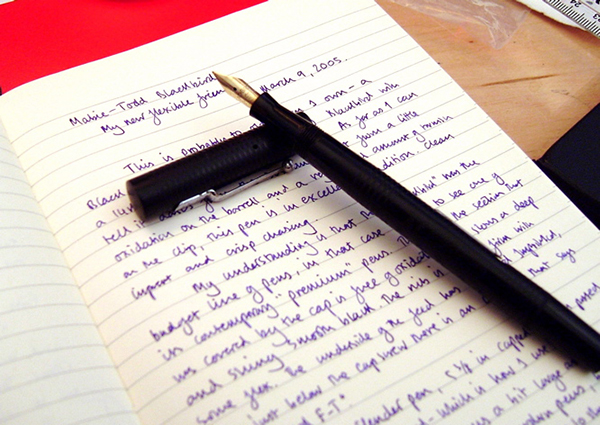The Benefits of Cursive Go Beyond Writing
Putting pen to paper stimulates the brain like nothing else, even in this age of e-mails, texts and tweets. In fact, learning to write in cursive is shown to improve brain development in the areas of thinking, language and working memory. Cursive handwriting stimulates brain synapses and synchronicity between the left and right hemispheres, something absent from printing and typing.
As a result, the physical act of writing in cursive leads to increased comprehension and participation. Interestingly, a few years ago, the College Board found that students who wrote in cursive for the essay portion of the SAT scored slightly higher than those who printed, which experts believe is because the speed and efficiency of writing in cursive allowed the students to focus on the content of their essays.
Some argue that cursive is no longer relevant because it isn't included in the Common Core State Standards. But these standards only include those skills that are testable and measurable in the classroom; they don’t address basic foundation skills, like handwriting or even spelling. That said, the Common Core emphasizes the importance of expository writing to demonstrate understanding of key concepts, and fast, legible handwriting is the technology universally available to students to facilitate content development. Cursive, therefore, is vital to helping students master the standards of written expression and critical thinking, life skills that go well beyond the classroom.
With all this said, does cursive need to be fancy with slants, loops and curls? Absolutely not! The emphasis should be on simplicity and function when teaching children cursive.
Regardless of the age we are in or the technological resources at one’s disposal, success is measured by thought formation, and the speed and efficiency in which it is communicated. Because of this, students need a variety of technologies, including cursive handwriting, to succeed.
 The Benefits of Cursive Go Beyond Writing
The Benefits of Cursive Go Beyond WritingSource: www.nytimes.com